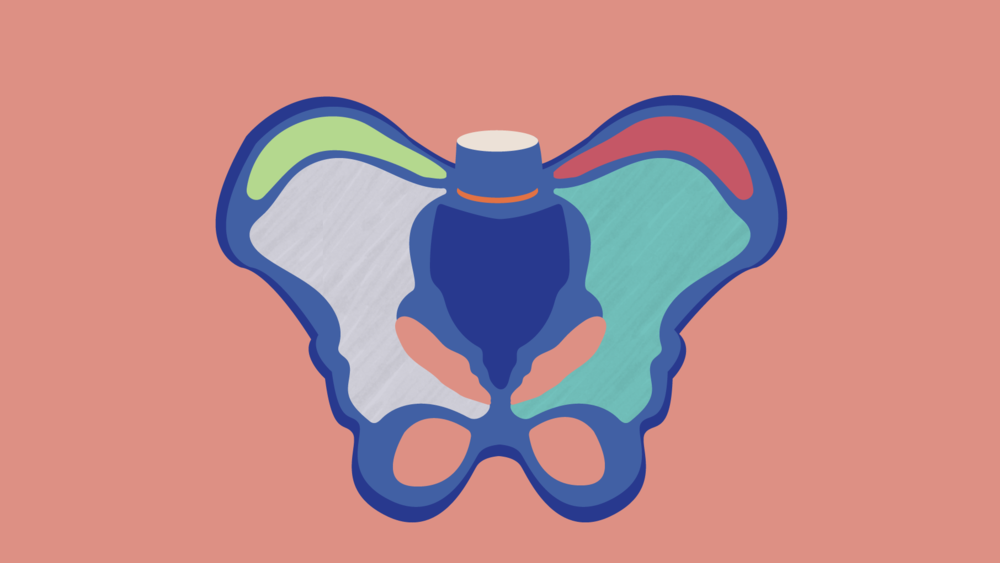Some of you may have seen Continence Australia’s laugh without leaking campaign earlier this year, the campaign used humour to shed some light on the often stigmatised issue. Breaking down this stigma is incredibly important as one in three Aussies reported experiencing incontinence, with 80% of cases being women – making it quite a common issue!
1/3
Australians
Female
The pelvic floor muscle group not only supports the bladder, as it is commonly known for, but also the bowel and the uterus. They attach to the pubic bone at the front, the base of the pelvis, and the tail bone at the back. This acts as a “sling” to support the bladder, bowel and uterus. A weak pelvic floor can lower your level of control and can increase your risk of experiencing leaks or even prolapse. Pretty scary stuff right?
There is good news though!
Practicing pelvic floor exercises will dramatically decrease your risk of experiencing these issues and even better they only take about 5 minutes each day. Exercising your pelvic floor can be implemented into your everyday life, and can be done anywhere and at any time. Some people find it helpful to make it a habit, try doing them after you brush your teeth at night to help you remember.

If you require further help with these exercises, visit the Continence Australia website or contact a health professional.




